News
AEC and SNL Reach Key Milestone in DOE-Funded Project with Smart Casing Collar Technology
January 23, 2025
The Advanced Energy Consortium (AEC) at the University of Texas at Austin, in collaboration with Sandia National Laboratories (SNL), has successfully demonstrated the communication and powering of smart casing collars to support radiofrequency (RF) devices in well-casing annuli. This breakthrough marks a key milestone in the $3.7 million U.S. Department of Energy (DOE)-funded project which also involves the California Institute of Technology (Caltech) and the Research Triangle Institute (RTI). The sensor chips can be wirelessly addressed and inductively powered with smart casing collars containing routers which communicate to the surface. The collars complete an intelligent, integrated real-time monitoring system, said Dr. Ahmadian, who leads this project.
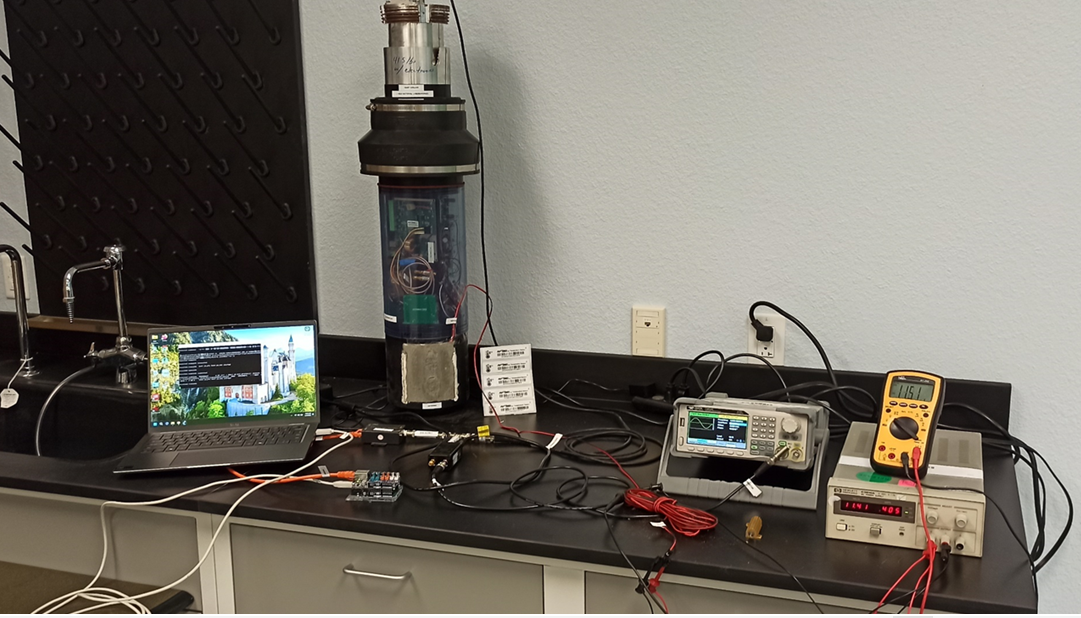
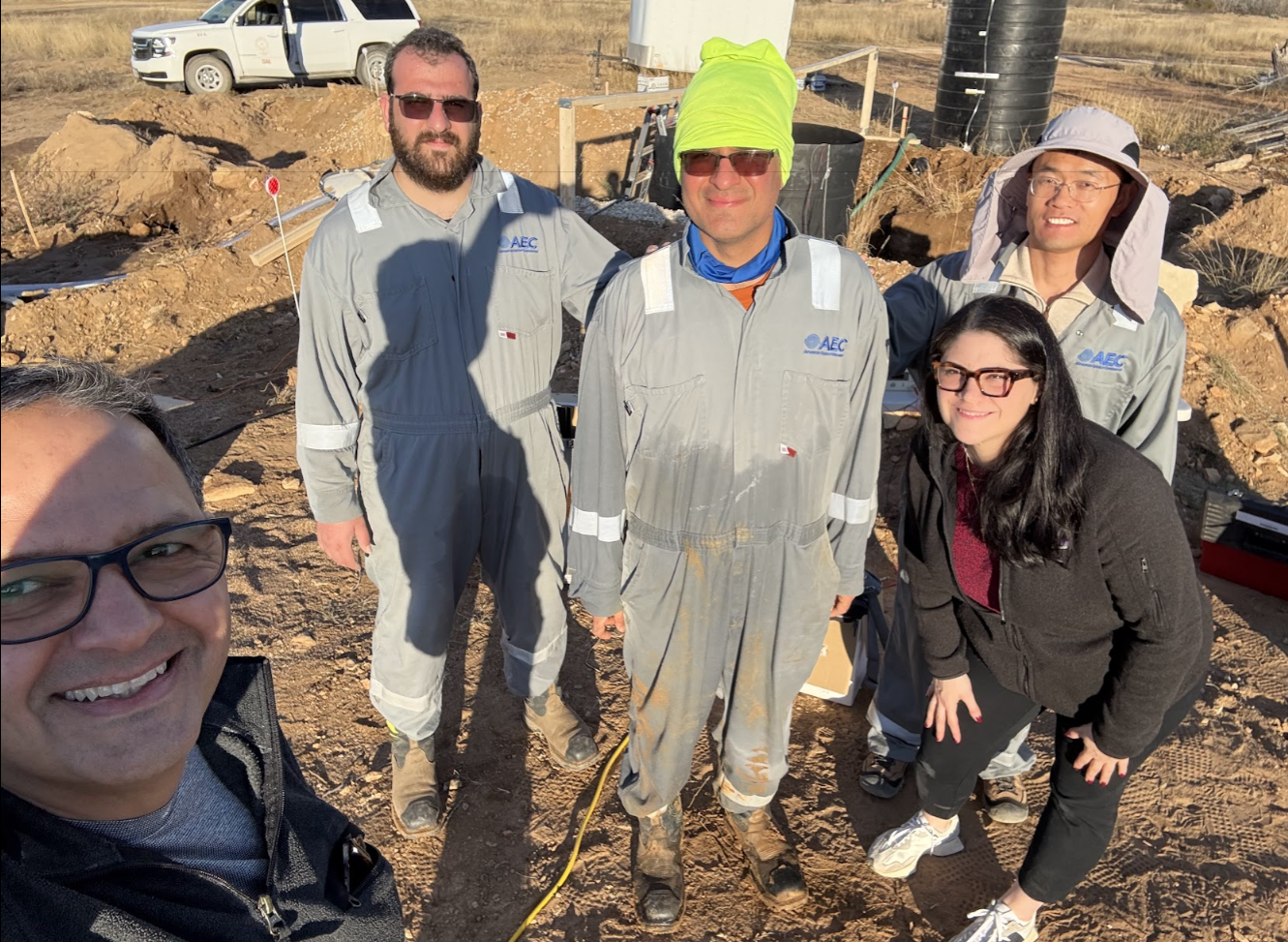
For more information, contact Dr. Mohsen Ahmadian.
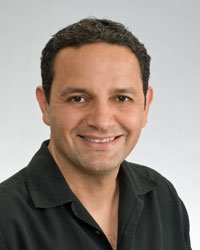
Ahmadian and Team Advance Subsurface Sensing Technology with Electrically Active Proppant Research
March 7, 2022
Mohsen Ahmadian is a Bureau researcher and the program manager of the Advanced Energy Consortium (AEC). He leads a research project to demonstrate a new approach to real-time monitoring of dynamic changes in pressure, salinity, and flow in hydraulically fractured (HF) networks. The project has achieved early successes, and achieving its objectives would provide technology to improve production from oil and gas reservoirs, particularly unconventional “tight” reservoirs, previously fractured reservoirs, and currently uneconomic conventional reservoirs. Results from this project will also be useful in hydrogeology, subsurface environmental monitoring, carbon sequestration, and geothermal energy production. Additionally, the unique field data sets collected in this study will lay the foundation for the advancement of geophysical mapping and modeling techniques in general.
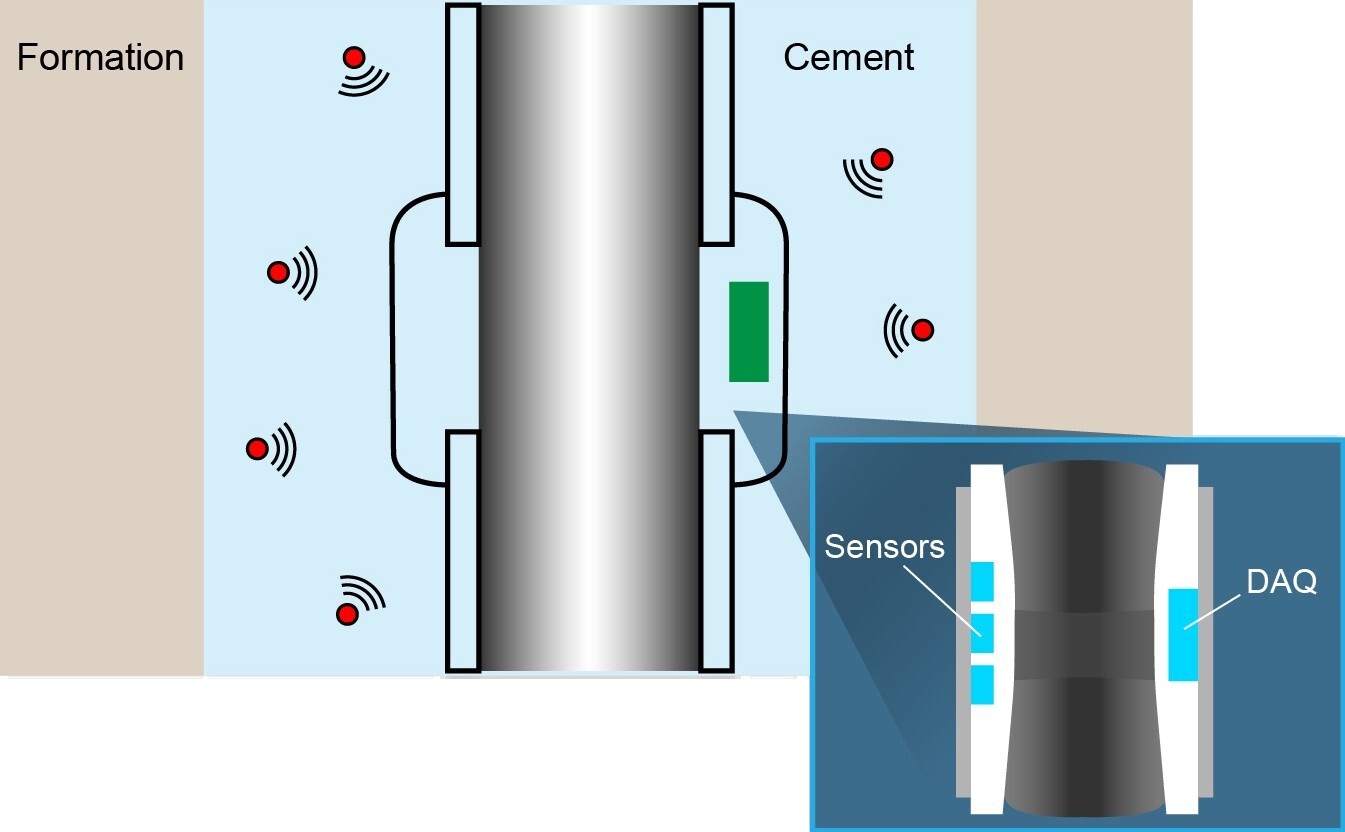
Bureau of Economic Geology Awarded $3.7 Million by the U.S. Department of Energy
April 29, 2020
The Bureau of Economic Geology was recently awarded a 3-year, $3.7-million grant by the U.S. Department of Energy (DOE). The grant, titled “Casing Annulus Monitoring of CO2 Injection Using Wireless Autonomous Distributed Sensor Networks,” aims to address the DOE’s interest in obtaining real-time data to better monitor subsurface CO2 movement.
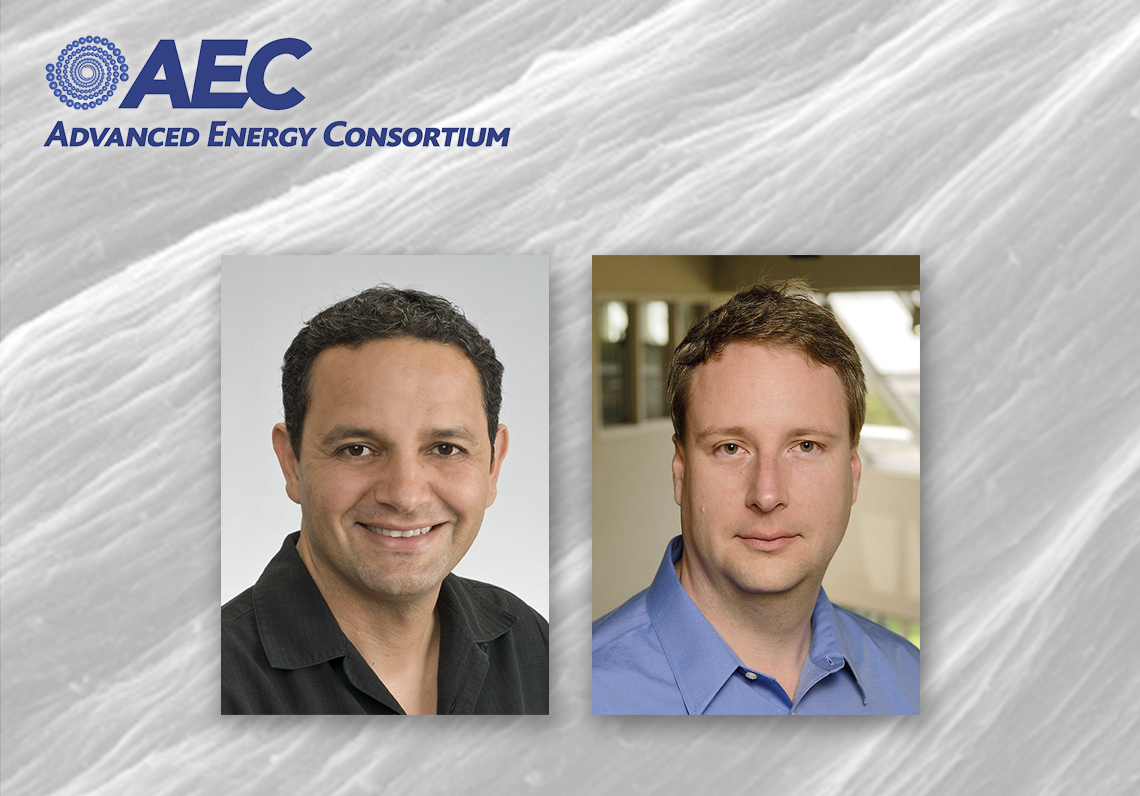
AEC Team Wins Best Paper Award
February 18, 2020
Mohsen Ahmadian and David Chapman of the Bureau’s Advanced Energy Consortium (AEC) coauthored a groundbreaking paper which has won the 2019 Best Paper of the Year Award from the Journal of Environmental and Engineering Geophysics.
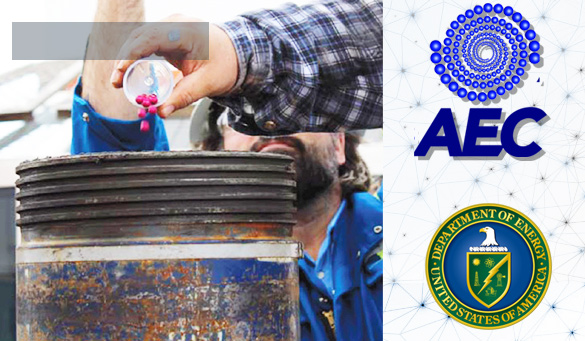
Bureau Awarded $1.5 Million to Further Research into Remote Monitoring of Hydraulically Fractured Networks
October 4, 2019
The Bureau of Economic Geology has just been awarded a $1.5 million grant by the U.S. Department of Energy (DOE) to build on previous research by its Advanced Energy Consortium (AEC) into real-time remote monitoring of hydraulically fractured networks. The goal of the funded project is to create a more efficient and accurate process to characterize the subsurface in real time following hydraulic-fracturing operations.
Hydraulic fracturing has evolved into a sophisticated multistep process that differs from well to well. Operations use varying flow rates, fluids, and proppant amounts and sizes. Current tools, such as microseismic and tiltmeter monitoring, can provide information on fracture extent but provide little or no information on the movement and final distribution of proppants or production fluids.
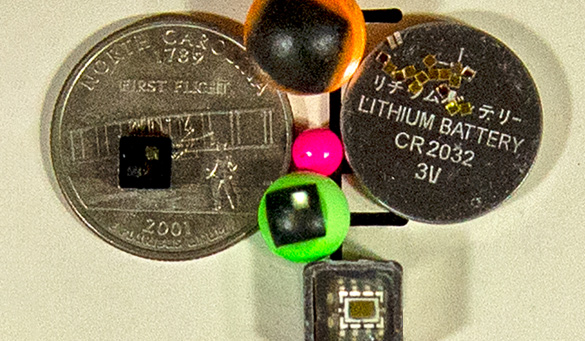
Advanced Energy Consortium Technology Takes Next Step
June 7, 2019
Guiding the creation of nanotechnologies to illuminate Earth’s subsurface, AEC is taking the next steps toward final testing and development.
